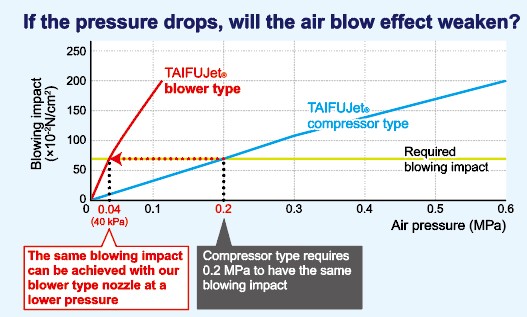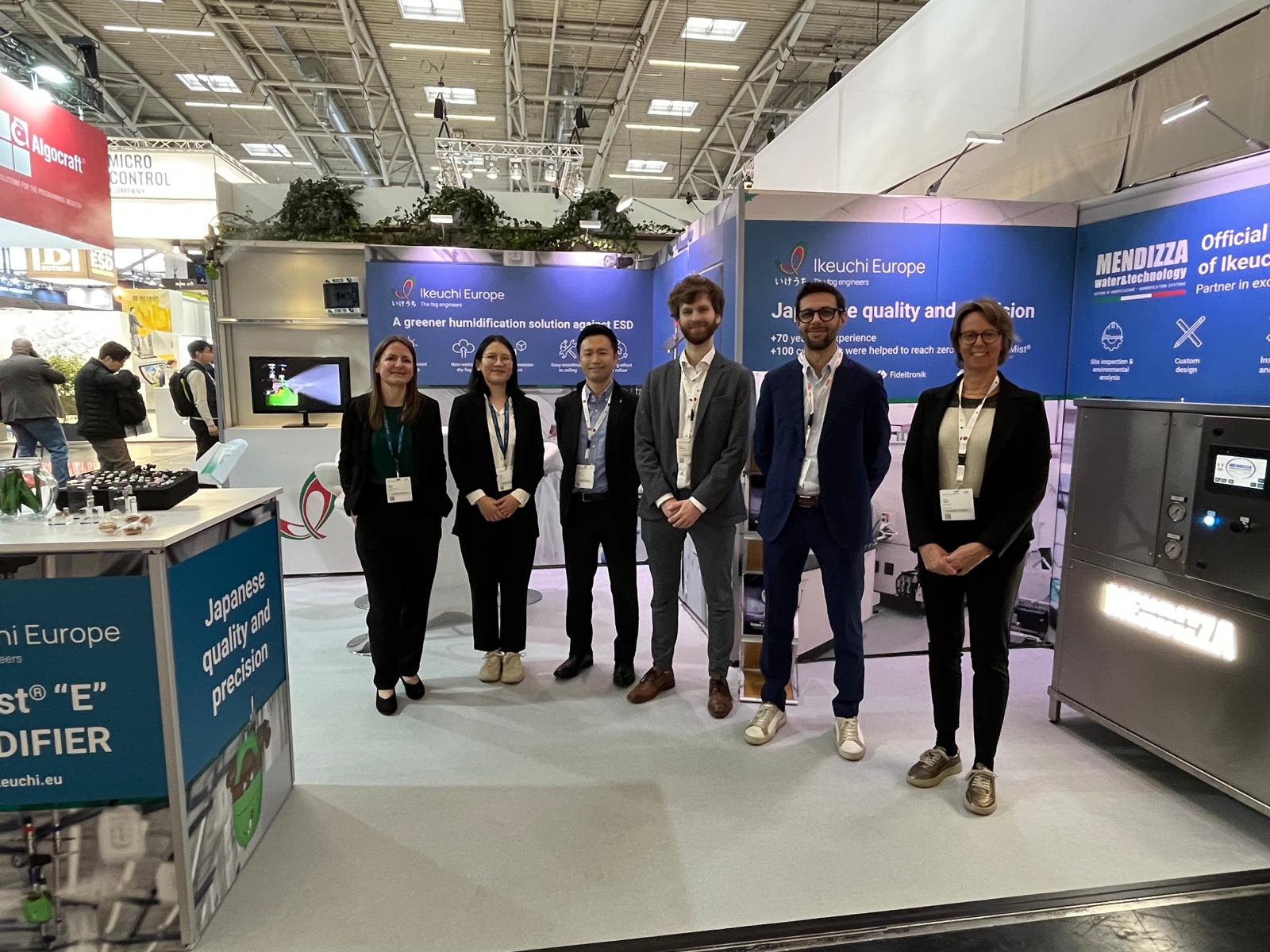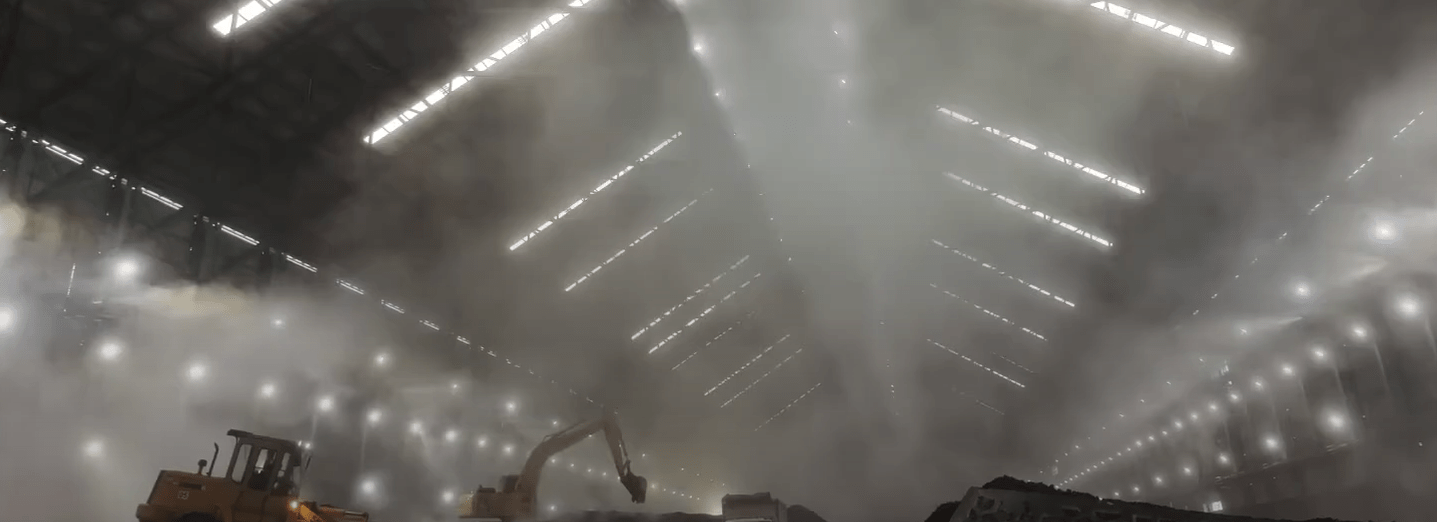How to reduce risks when using compressed air?
When you use air nozzles and air guns with compressed air, there are two important aspects to take into consideration:
- Noise level compliance for a safe working environment;
- Blowing performance for productivity and efficiency.
Importance of a safe working environment for manufacturing processes
There are several regulations worldwide which determine the definition of a safe working environment applied to noise level exposure.
In Europe, the general directive is the EU Directive 2003/10/EC – noise; in Great Britain the HSE determined the the noise level with The Control of Noise at Work Regulations 2005; and in the US, OSHA sets the requirements for Safety and Health.
Let’s have a quick explanation and interpretation of these regulations.
Acceptable noise level in a factory
According to the EU Directive 2003/10/EC
The EU Directive 2003/10/EC establishes the requirements for the protection of workers related to noise exposure and especially the risk of hearing loss.
The Directive set the limit of noise exposure to 87 decibels for 8 hours of work day. It also takes into account “the attenuation provided by personal protective equipment (hearing protectors) worn by the workers”.
- According to The Control of Noise at Work Regulations 2005
The HSE determined the maximum level of noise exposure to 85 decibels (daily or weekly average exposure).
- According to OSHA standard 1910.95 Occupational Noise Exposure
OSHA sets the limit on noise exposure to 90 decibels for an 8 hours of work day.
Different applications of air nozzles in manufacturing :
Air nozzles can be used in many different applications like:
- Blow-off drying after washing
- Rejection of inferior products
- Blowing off liquid (Edge wioer for steel surface treatment)
- Blowing off of water from shaped steel
- Detachment (preventing double sheet feeding for steel plates)
- Blowing off dust under high temperatures
- Narrow space blowing
- Pinpoint cooling for molded plastic
Benefits of high quality air nozzles
As a nozzle manufacturer, we have the knowledge and experience to help you choose the right nozzle for your requirements. We have been developing efficient technical air nozzles with a unique design to help you with:
- Reducing the noise level and complying to the regulations;
- Saving compressed air costs;
- Increasing the efficiency of performance (blowing).
- Reducing the noise level
Thanks to our experience, we have been developing innovative technical air nozzles, like the TAIFUJet® series, to have a minimal noise level.
The noise level can be reduced up to 89% compared to an open pipe of the same size.
Noise levels of TAIFUJet® compared with one-hole air nozzles
- Saving compressed air costs
Our most popular nozzle series, TAIFUJet®, can generate a powerful air current with a high spray impact while consuming almost half the volume of compressed air compared to conventional models.
Efficiency of TAIFUJet® compared with one-hole air nozzles
- Increasing the efficiency of performance (blowing)
While you are saving on compressed air cost and minimizing the noise level, you will also benefit of the increased efficiency of blowing performance with our technical nozzles!
Each technical air nozzle is designed to supply a stronger air current than the volume of air consumed.
For example, the EJA series is designed to take in the surrounding air and blow 10 times more air than the volume supplied. Thus, the air blow generated remains strong while consuming a small volume of compressed air.

Related articles
Stay updated: Ikeuchi news & insights
"*" indicates required fields
Get expert advice:
contact us today
Would you like to know what Ikeuchi can do for your organization? We’re happy to discuss your needs and show how we can solve your challenges. You’ll receive a response from us within 24 hours!
"*" indicates required fields
Call us: +31 (0) 20 820 2175
- Global presence and experience
- The number 1 nozzle manufacturer in Japan
- Japanese Precision Technology
“High quality nozzles. Friendly and helpful customer service”
“With Ikeuchi spray nozzles we are able to save costs as we don’t need to replace them so often as before.”
“When it is about nozzle technology, IKEUCHI are the experts. We always highly appreciated their knowhow and their extremely wide range of nozzles, not to mention their unrivalled AKIMist humidifier”
“When it is about nozzle technology, IKEUCHI are the experts. ”




